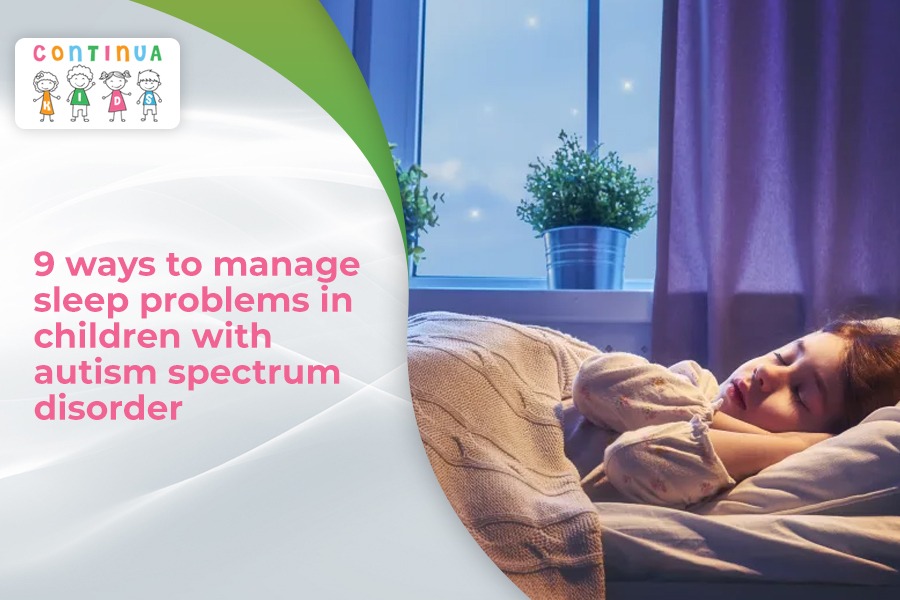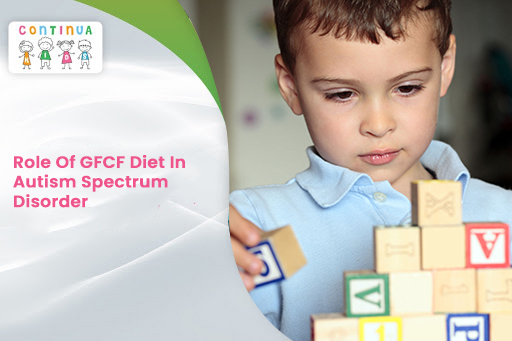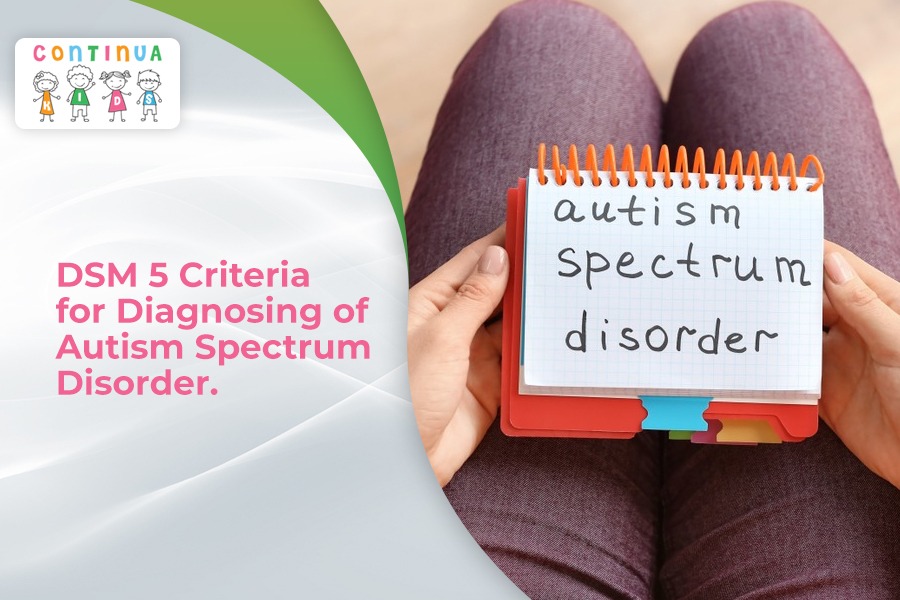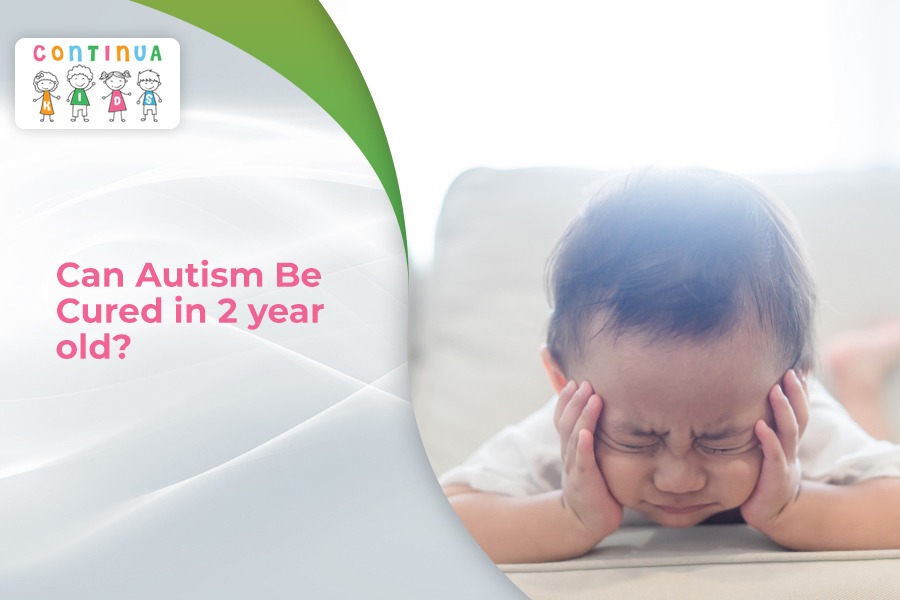Blog

9 ways to manage sleep problems in children with autism spectrum disorder
Every child with an autism spectrum condition has a variety of problems relating to their typical or usual behavior. According to estimates, between 50 and 80 percent of kids with autism spectrum disorders may have trouble falling asleep or remaining asleep all night. They could struggle to fall asleep for hours or wake up during the middle of the night. Specific sleep and settling issues can occur in autistic children, including: Unusual sleeping and waking schedules, such as staying up

What Is Social Pragmatic Communication Disorder
Social pragmatic communication disorder (SPCD) describes significant difficulties with verbal and nonverbal social communication abilities. Other communication impairments may be linked to issues with social communication. However, as of 2013, the Diagnostic and Statistical Manual of Mental Disorders, 5th Ed (DSM-5) has classified SPCD as a separate category. Additionally, SPCD is distinguished from several neurodevelopmental conditions, such as autism spectrum disorder, that may similarly impair communication abilities (ASD). A primary deficit in verbal and nonverbal social communication is referred to

Role Of GFCF Diet In Autism Spectrum Disorder
A gluten-free, casein-free diet, frequently referred to as a GF/CF diet, omits foods that contain gluten (found in many breads and cereals) and casein (found in milk products). This is one of a number of alternative treatments for autistic kids. When followed strictly, all foods containing gluten and casein must be eliminated from the child\’s diet. Eliminating casein and gluten may alter autism symptoms and behaviors. How Does It Affect My Child? The advantage of avoiding foods containing gluten

Difference Between ABA And OT
Early intervention is beneficial for children with an autism spectrum disorder. Treatment that starts as soon as there are clear indicators of autism can have remarkable results. Speech therapy, physical therapy, occupational therapy (OT), and applied behavioral analysis (ABA) are all forms of treatment. Given the complexity of autism spectrum disorder, many parents find it helpful to compare the methods used by ABA and OT. These two are the most conventional and scientifically proven approaches to autism spectrum disorder. While

Autism And Echolalia
Repetition and imitation are crucial parts of speech and language development, and they are a normal aspect of growing up. Children with autism, on the other hand, have challenges in this area. If your autistic child exhibits echolalia, you may be wondering if he or she has it. There are certain symptoms that your child may be suffering from it, and you may learn more about how you, as a parent, can better understand them. What Is Echolalia? The repetition

Joint Attention Skills In Children With Autism
According to research, many children with autism have trouble with joint attention, which is the capacity to focus on an object or region with another person. Following someone else\’s gaze or using a pointed finger to look at something are examples of shared attention skills. Communication and language learning require shared attention. Joint attention therapy aims to improve certain shared attention skills like pointing, exhibiting, and coordinating gaze between a person and an item. Why Do Children With Autism Have

DSM 5 Criteria For Diagnosing Of Autism Spectrum Disorder
It is difficult to diagnose Autism Spectrum Disorder due to the absence of tests like MRI scans or blood tests. Therefore, the question of how exactly autism is diagnosed is still prevalent among laymen. Not many are aware of the criteria given under the DSM 5, which stands for Diagnostic And Statistical Manual 5 of mental disorders. Continue reading to learn about the diagnoses of autism spectrum disorder under this criteria. DSM 5 And Autism Diagnosis Autism spectrum disorder

How To Stop Inappropriate Laughter In Autism?
A symptom of autism is having an inappropriate emotional response to a situation, which is also a symptom of many other mental or emotional illnesses. Inappropriate laughter can be caused by a medical problem in some situations, but it can also be caused by being frightened or anxious in a new social environment. This happens to everyone from time to time, but autistic persons are more likely to experience inappropriate laughter in response to painful or frightening situations. To learn

Can Autism Be Cured In A 2 Year Old?
Autism spectrum disorder (ASD) is a collection of developmental disorders that affect a person\’s ability to communicate and socialize. These neurodevelopmental (brain) problems can be detected as early as one year of life, however they are frequently misdiagnosed. Autism is usually diagnosed after the age of three, but it can be diagnosed as early as 18 months of age in some circumstances. Can Autism be cured in a 2 Year Old? Continue reading… Because early intervention is the most successful

How To Deal With Temper Tantrums?
Temper tantrums and small kids are known to go hand in hand at times. These outbursts of screams and tears assist children in coping with experiences and emotions they are unfamiliar with and lack the abilities to regulate. Tantrums are especially common during the \”terrible twos,\” a phase when youngsters become fussy and demanding around the age of two. However, this phase could become extremely exhausting and frustrating for the parent to deal with. But this does not mean that
Recent Posts
- Autism and Anxiety: Helping Children Cope with Overwhelming Emotions
- Understanding Sensory Processing Challenges in Children with Autism
- Physical Therapy for Cerebral Palsy: Benefits and Techniques
- ADHD and Time Management: Tools and Techniques for Improved Productivity
- Celebrating Autism Pride Day: Embracing Neurodiversity at Continua Kids
Archives
- July 2023
- June 2023
- May 2023
- March 2023
- February 2023
- January 2023
- December 2022
- July 2022
- June 2022
- May 2022
- April 2022
- March 2022
- February 2022
- January 2022
- October 2021
- September 2021
- August 2021
- July 2021
- June 2021
- May 2021
- April 2021
- March 2021
- February 2021
- January 2021
- December 2020
- November 2020
- October 2020
- September 2020
- August 2020
- July 2020
- June 2020
- May 2020
- April 2020
- March 2020
- February 2020
- January 2020
- August 2019
